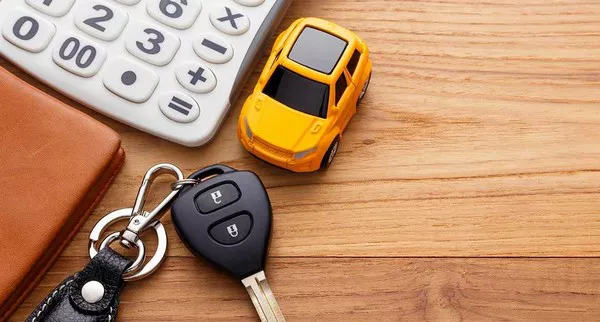When it comes to safeguarding your vehicle against unforeseen events, having the right type of car insurance is essential. Understanding the nuances of coverage is crucial for ensuring that your car is protected in the event of damage. In this comprehensive guide, we’ll delve into the types of insurance that cover damage to your car, providing you with the knowledge needed to make informed decisions about your auto insurance.
1. Collision Insurance: Shielding Against Collisions
Collision insurance is a fundamental component of auto insurance that covers the cost of repairs to your vehicle resulting from collisions with other vehicles or objects, regardless of fault. Key aspects of collision insurance include:
Accident Coverage: Whether you collide with another vehicle or an object such as a tree or a pole, collision insurance steps in to cover the costs of repairing your car.
Deductibles: Policyholders typically choose a deductible amount, which represents the out-of-pocket expense before the insurance coverage kicks in. Higher deductibles may result in lower premium costs.
2. Comprehensive Insurance: Beyond Collisions
Comprehensive insurance provides coverage for damages to your car that result from non-collision events. This coverage is particularly valuable for protecting against various risks, including:
Weather Events: Comprehensive insurance covers damages caused by natural disasters such as storms, hail, floods, and other weather-related incidents.
Theft and Vandalism: If your car is stolen or vandalized, comprehensive coverage can help cover the costs of repairs or the replacement of your vehicle.
Animal Collisions: Damage resulting from collisions with animals, such as deer, is typically covered under comprehensive insurance.
3. Liability Insurance: Protecting Others, Not Your Car
While liability insurance is a legal requirement in most places, it primarily covers bodily injury and property damage you may cause to others in an accident. It does not cover damages to your own vehicle. It’s crucial to have liability coverage to meet legal obligations, but for coverage specific to your car, collision and comprehensive insurance are essential.
4. Uninsured/Underinsured Motorist Coverage: Filling the Gap
In the unfortunate event that you’re involved in an accident with a driver who lacks insurance or has insufficient coverage, uninsured/underinsured motorist coverage can come to your rescue. This coverage may extend to cover damages to your car, providing a safety net when the at-fault party is unable to cover your expenses adequately.
5. Personal Injury Protection (PIP) or Medical Payments Coverage: Attending to Injuries
While not directly covering car damage, Personal Injury Protection (PIP) or Medical Payments (MedPay) coverage is worth mentioning. These coverages can help with medical expenses resulting from injuries sustained in a car accident, regardless of fault.
6. Gap Insurance: Bridging the Depreciation Gap
If your car is financed or leased, Gap Insurance is worth considering. In the event of a total loss, where the cost of repairing or replacing your car exceeds its actual cash value, gap insurance helps bridge the gap, covering the difference between what you owe on the vehicle and its current market value.
In Conclusion:
Choosing the right combination of auto insurance coverages is a personalized decision based on factors such as your vehicle’s value, your driving habits, and your financial situation. A comprehensive approach that includes collision, comprehensive, liability, and additional coverages like uninsured motorist and gap insurance provides a well-rounded shield against various risks.
It’s crucial to review and update your insurance coverage regularly, especially when circumstances change, such as the purchase of a new vehicle or changes in your driving habits. By tailoring your coverage to your specific needs, you can drive with confidence, knowing that you’re protected against the unexpected twists and turns of the road.


